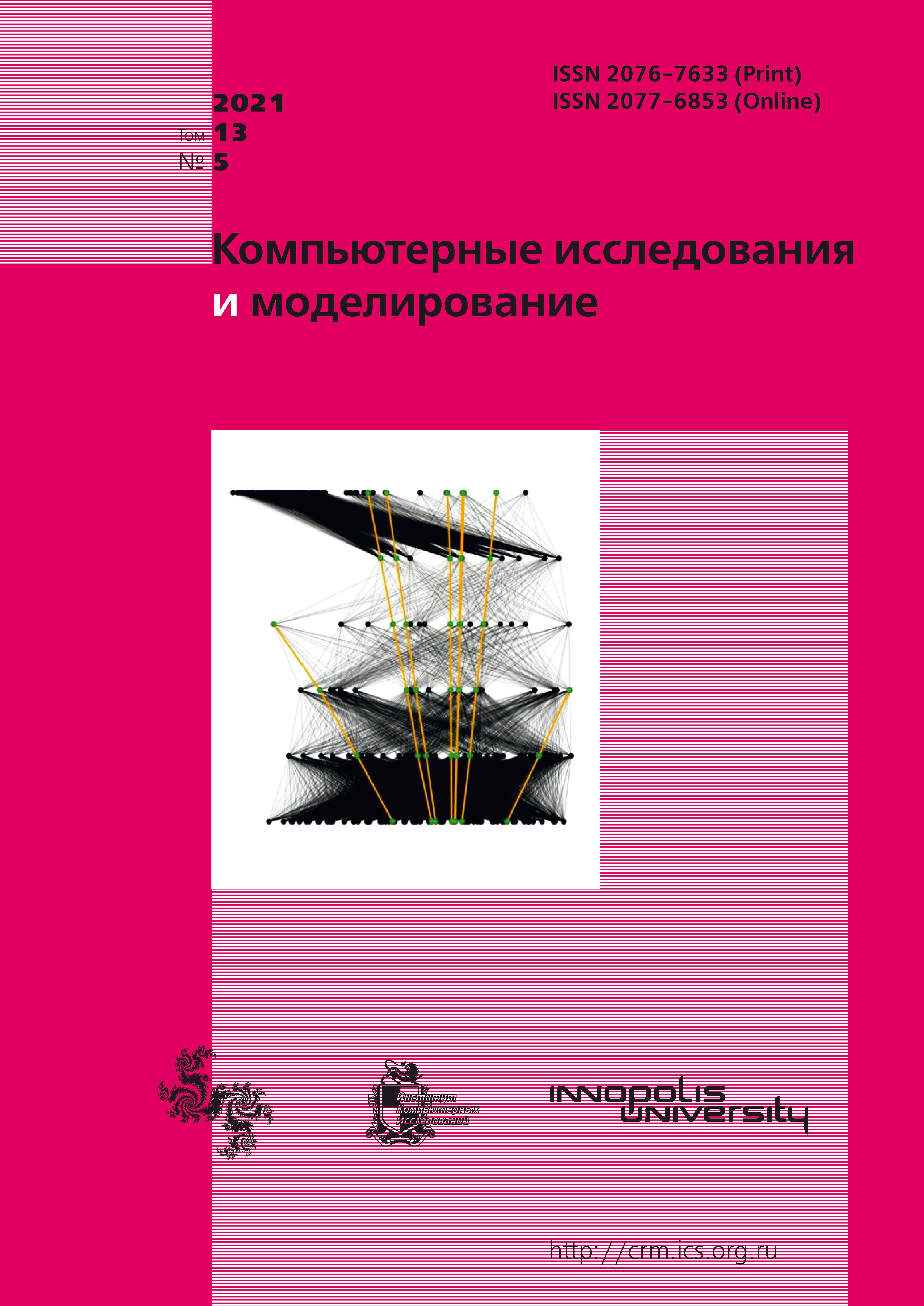All issues
- 2024 Vol. 16
- Issue 1 (special issue)
- 2023 Vol. 15
- 2022 Vol. 14
- 2021 Vol. 13
- 2020 Vol. 12
- 2019 Vol. 11
- 2018 Vol. 10
- 2017 Vol. 9
- 2016 Vol. 8
- 2015 Vol. 7
- 2014 Vol. 6
- 2013 Vol. 5
- 2012 Vol. 4
- 2011 Vol. 3
- 2010 Vol. 2
- 2009 Vol. 1
On the permissible intensity of laser radiation in the optical system and on the technology for measuring the absorption coefficient of its power
 pdf (2316K)
pdf (2316K)
Laser damage to transparent solids is a major limiting factor output power of laser systems. For laser rangefinders, the most likely destruction cause of elements of the optical system (lenses, mirrors) actually, as a rule, somewhat dusty, is not an optical breakdown as a result of avalanche, but such a thermal effect on the dust speck deposited on an element of the optical system (EOS), which leads to its ignition. It is the ignition of a speck of dust that initiates the process of EOS damage.
The corresponding model of this process leading to the ignition of a speck of dust takes into account the nonlinear Stefan –Boltzmann law of thermal radiation and the infinite thermal effect of periodic radiation on the EOS and the speck of dust. This model is described by a nonlinear system of differential equations for two functions: the EOS temperature and the dust particle temperature. It is proved that due to the accumulating effect of periodic thermal action, the process of reaching the dust speck ignition temperature occurs almost at any a priori possible changes in this process of the thermophysical parameters of the EOS and the dust speck, as well as the heat exchange coefficients between them and the surrounding air. Averaging these parameters over the variables related to both the volume and the surfaces of the dust speck and the EOS is correct under the natural constraints specified in the paper. The entire really significant spectrum of thermophysical parameters is covered thanks to the use of dimensionless units in the problem (including numerical results).
A thorough mathematical study of the corresponding nonlinear system of differential equations made it possible for the first time for the general case of thermophysical parameters and characteristics of the thermal effect of periodic laser radiation to find a formula for the value of the permissible radiation intensity that does not lead to the destruction of the EOS as a result of the ignition of a speck of dust deposited on the EOS. The theoretical value of the permissible intensity found in the general case in the special case of the data from the Grasse laser ranging station (south of France) almost matches that experimentally observed in the observatory.
In parallel with the solution of the main problem, we derive a formula for the power absorption coefficient of laser radiation by an EOS expressed in terms of four dimensionless parameters: the relative intensity of laser radiation, the relative illumination of the EOS, the relative heat transfer coefficient from the EOS to the surrounding air, and the relative steady-state temperature of the EOS.
Indexed in Scopus
Full-text version of the journal is also available on the web site of the scientific electronic library eLIBRARY.RU
The journal is included in the Russian Science Citation Index
The journal is included in the RSCI
International Interdisciplinary Conference "Mathematics. Computing. Education"






